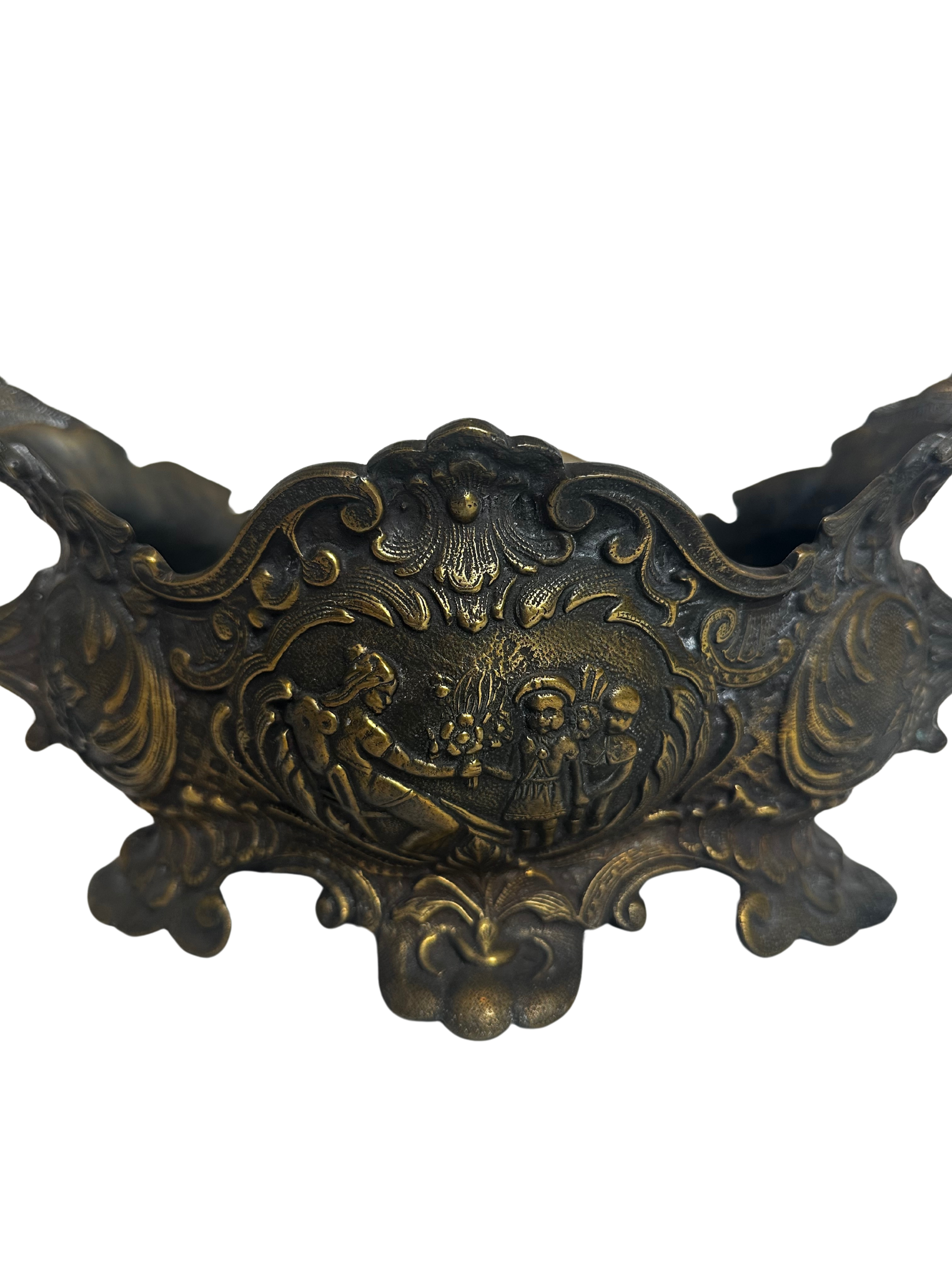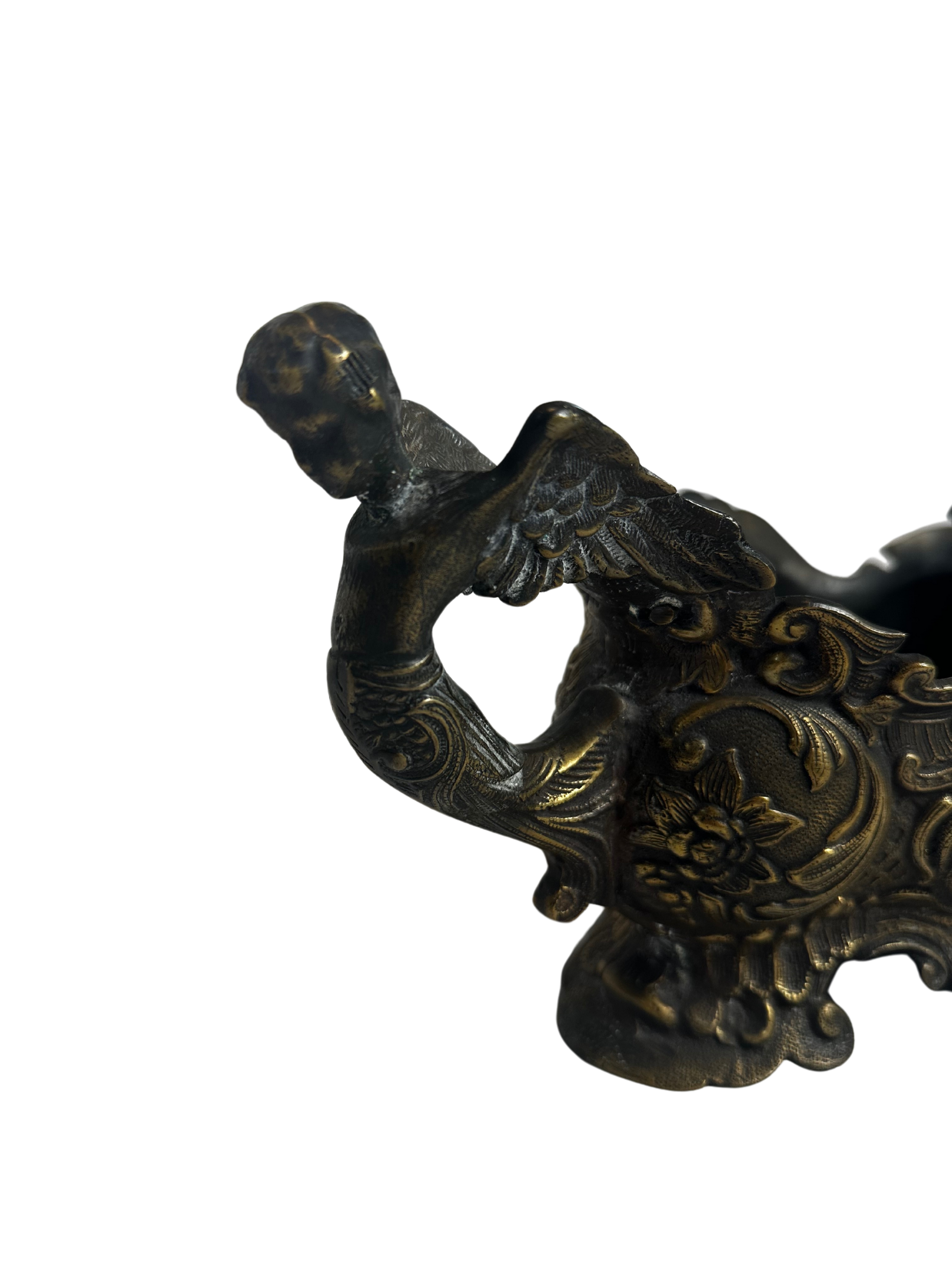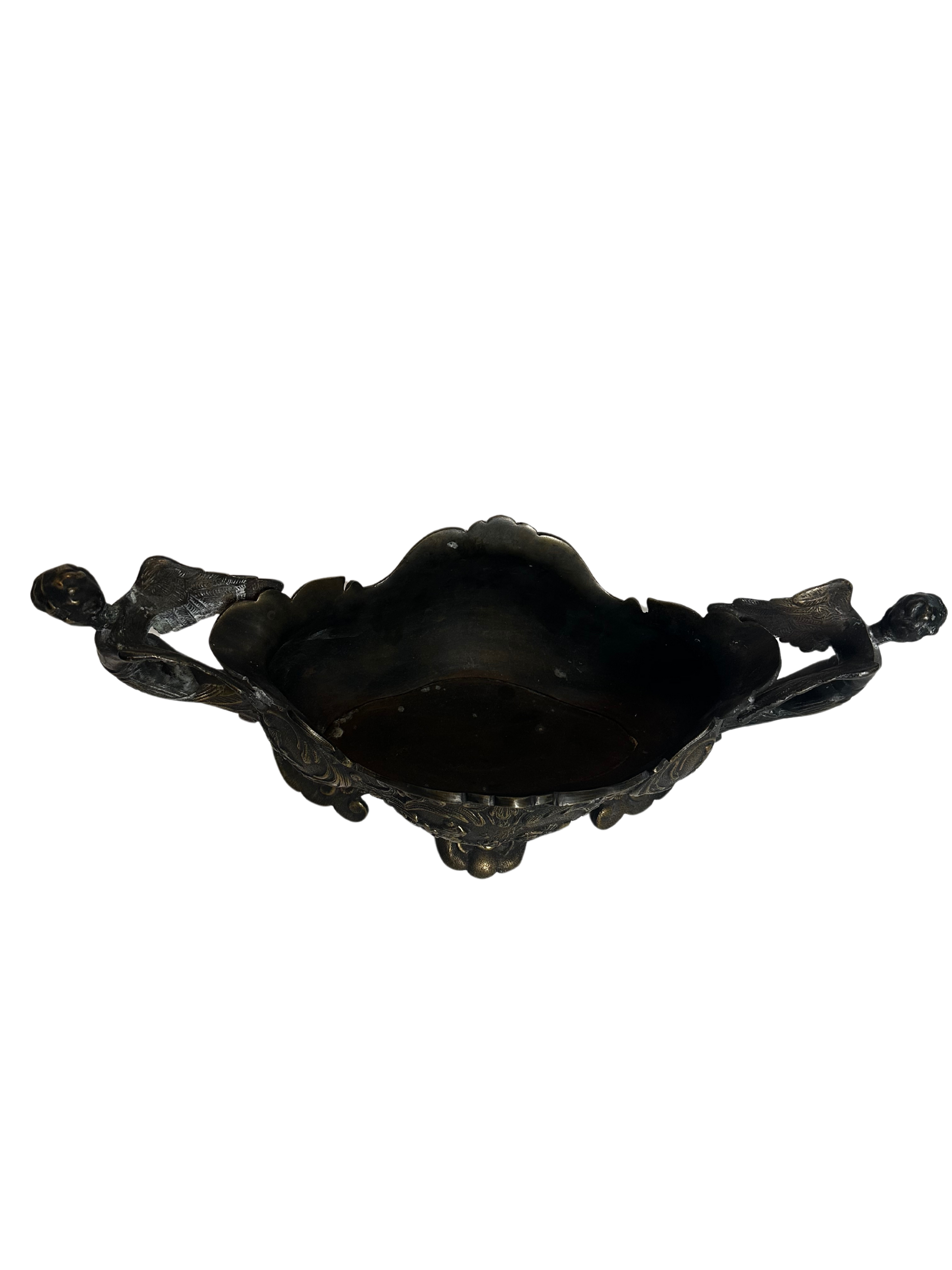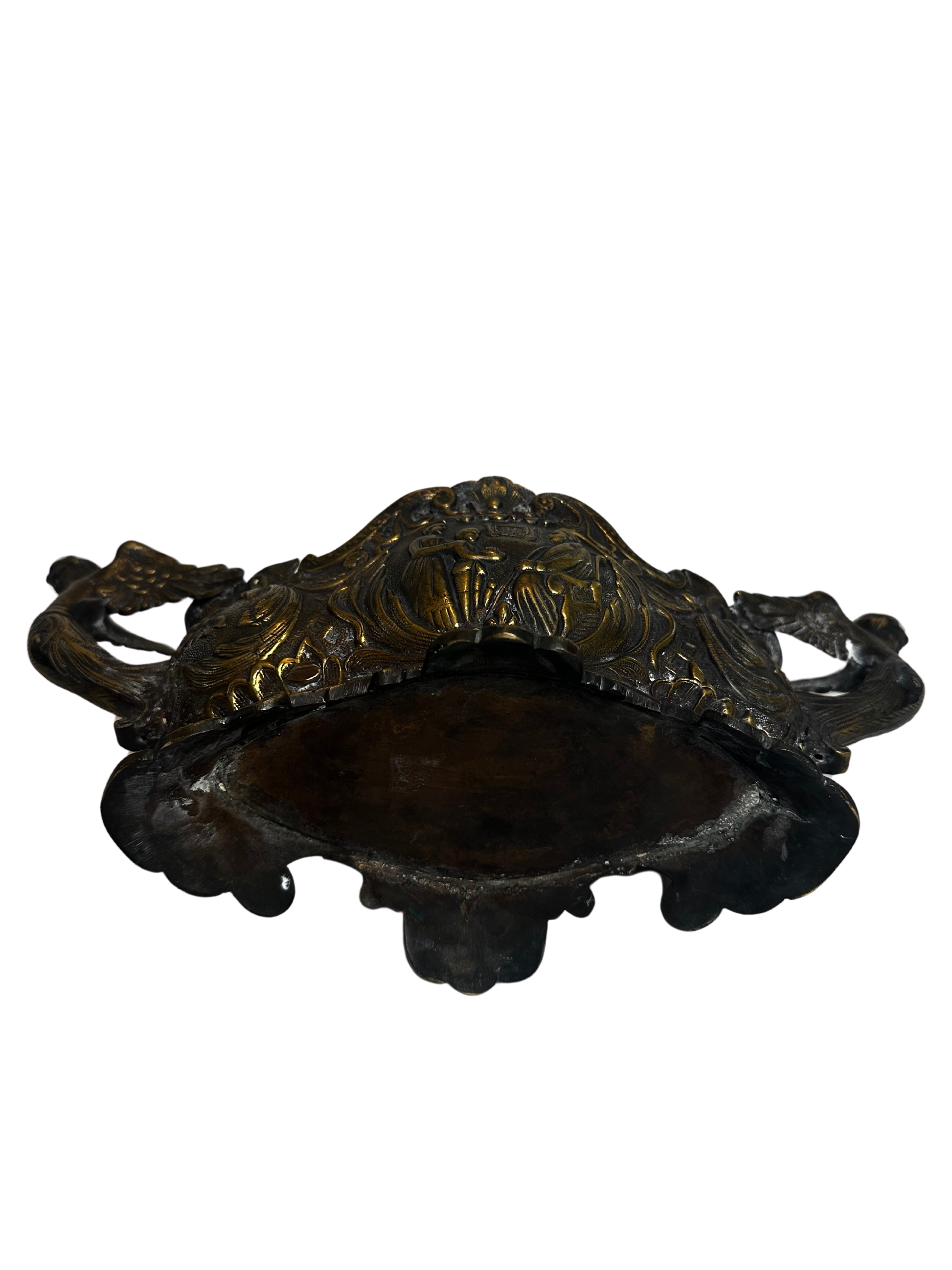Early 20th Century Mixed Metal Figural Jardiniere
Early 20th Century Mixed Metal Figural Jardiniere
No se pudo cargar la disponibilidad de retiro
Compartir

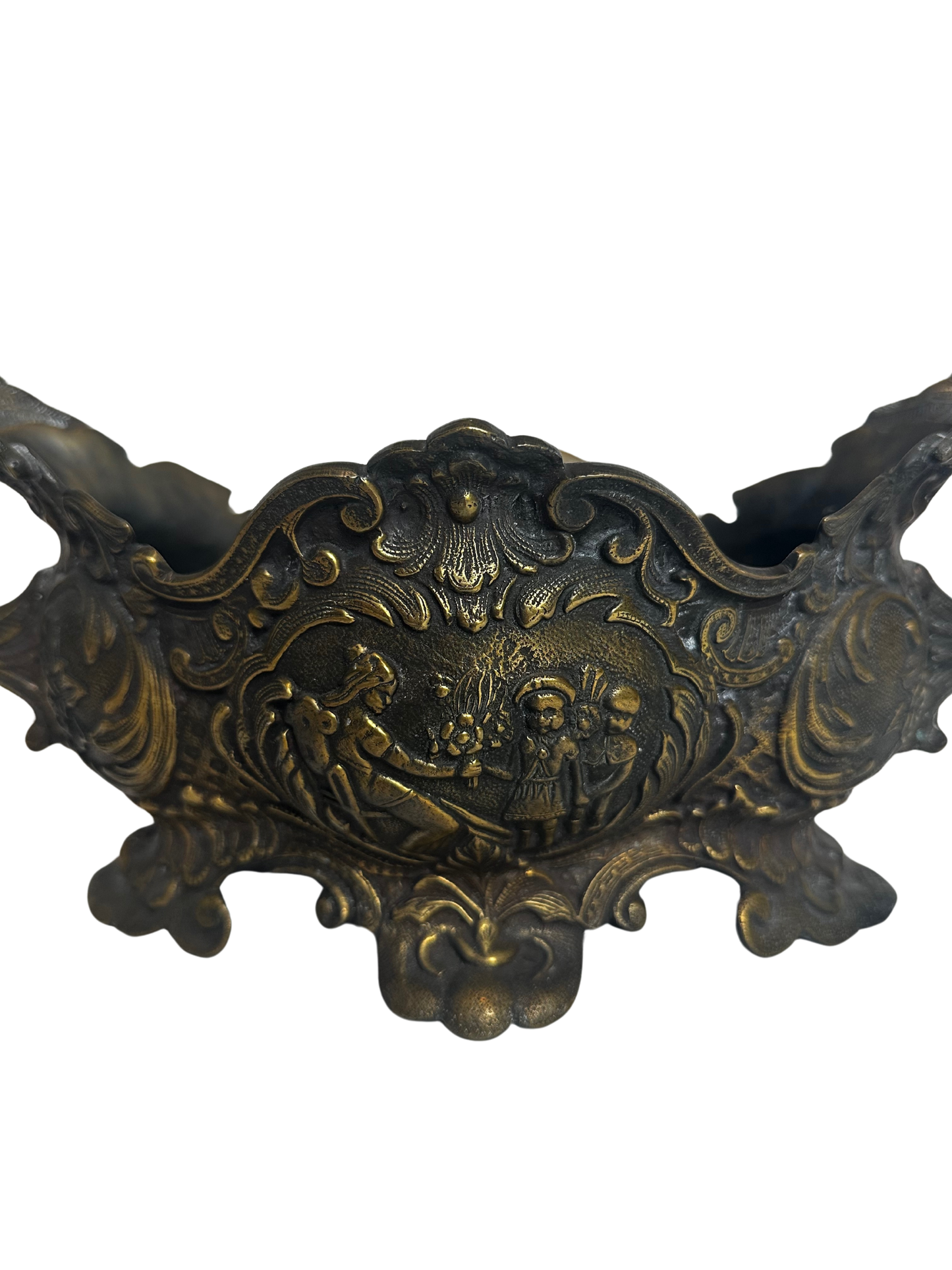
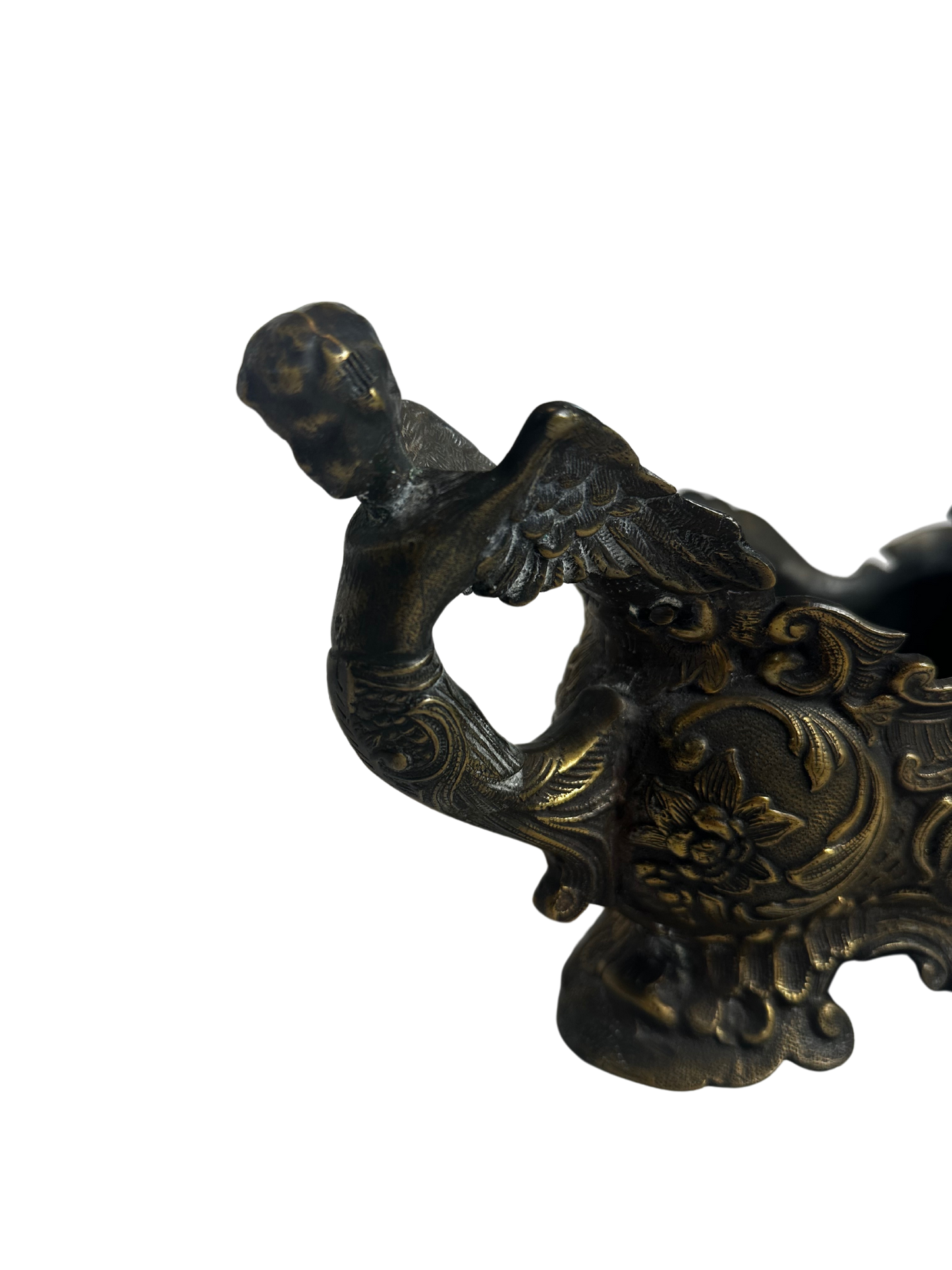
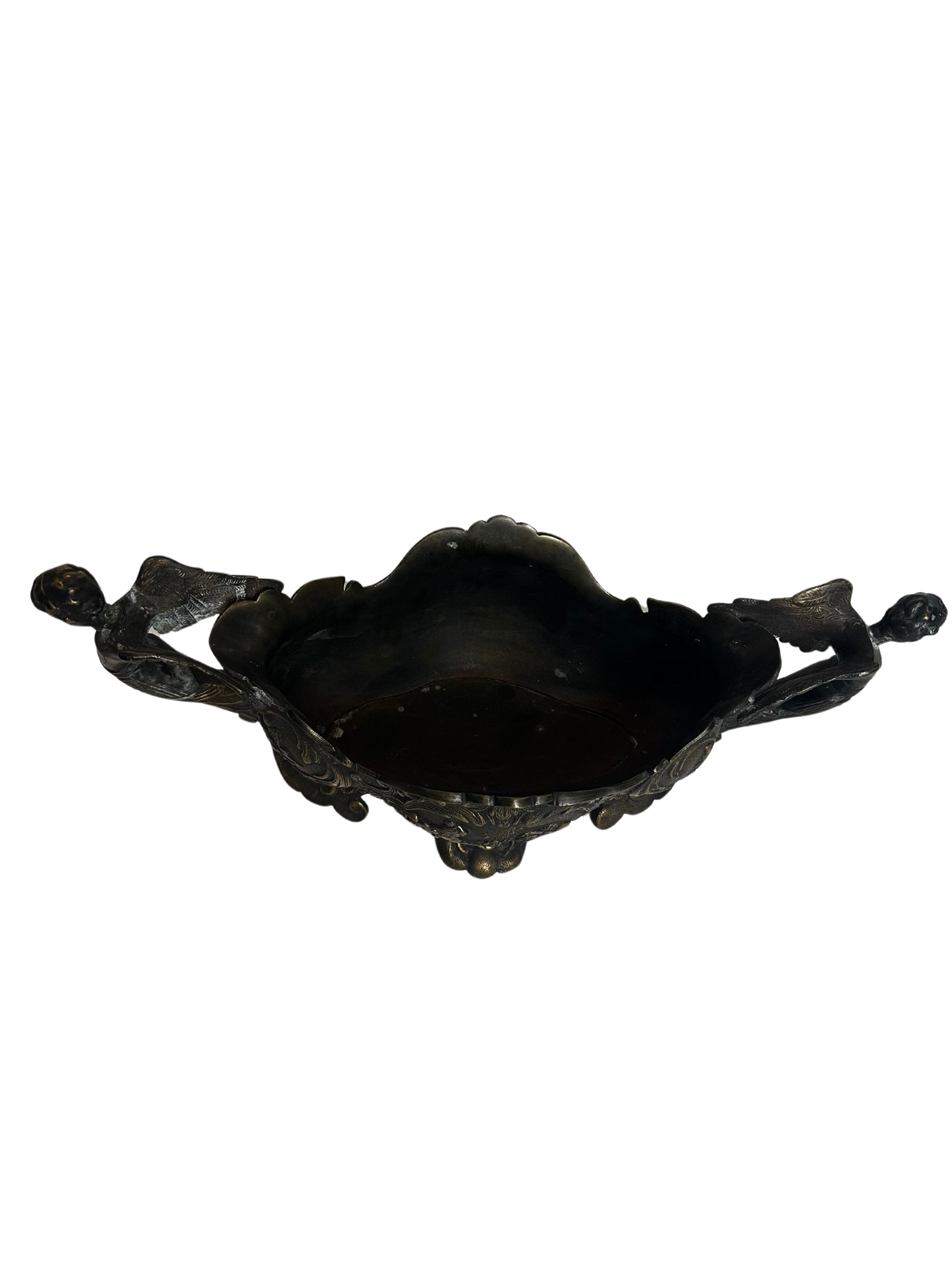
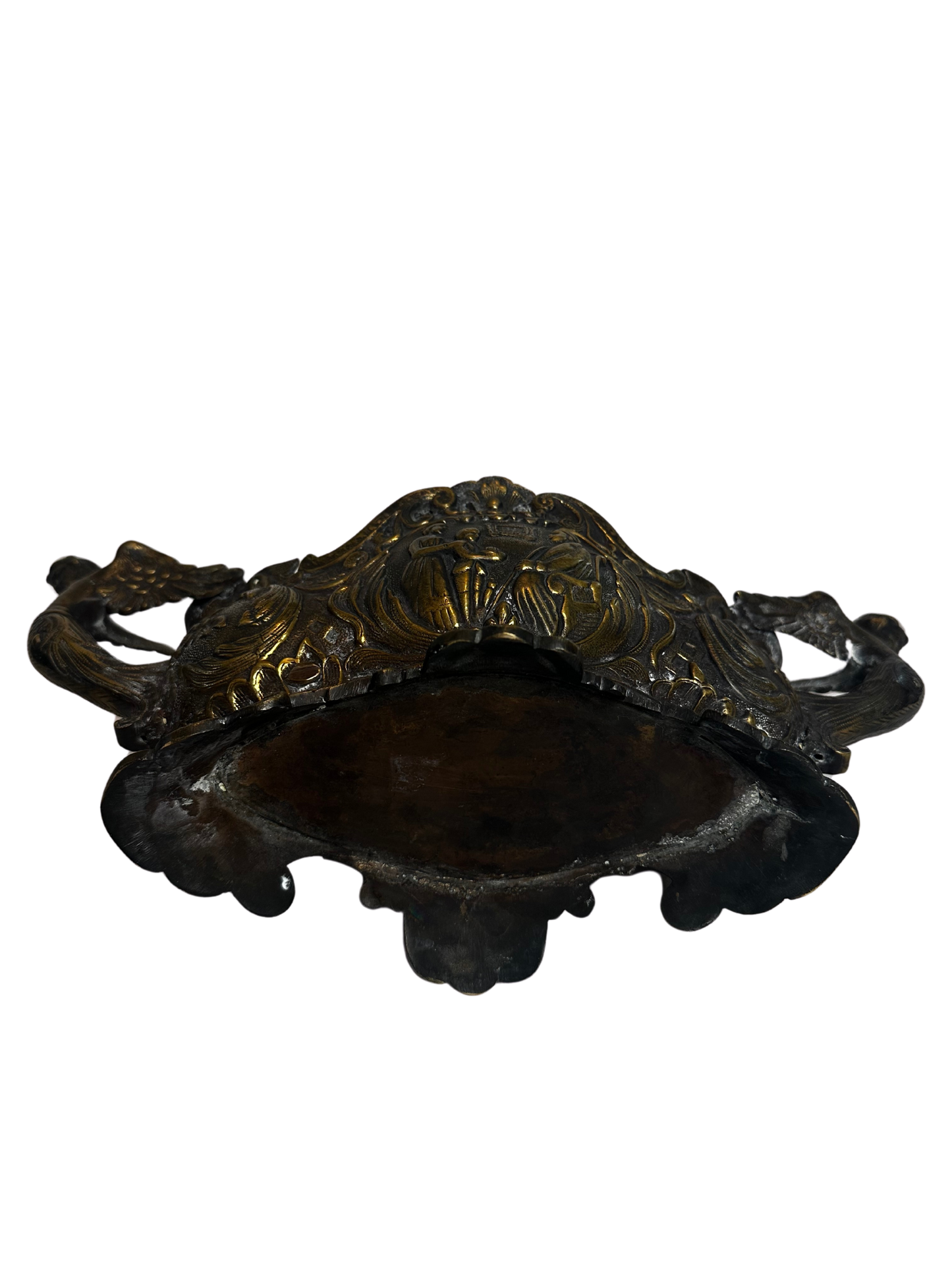
Early 20th Century Mixed Metal Figural Jardiniere.
Features cherub handles and familial scenes on the front and back, as well as a floral motif.
Early 20th Century Mixed Metal Figural Jardiniere.
Features cherub handles and familial scenes on the front and back, as well as a floral motif.
14.5"l x 5.75"w x 6.5"h
14.5"l x 5.75"w x 6.5"h
The jardinière, a decorative planter or ornamental stand for holding plants, has a long and varied history that spans multiple cultures and design movements.
The use of ornamental plant containers can be traced back to ancient Egypt, Greece, and Rome, where wealthy households kept potted plants indoors and in courtyards. Romans, in particular, used terra-cotta and marble planters in their homes and gardens, setting a precedent for later European jardinières.
During the Medieval and Renaissance periods, decorative pots and planters were common in monastic and noble gardens, but they were not yet widely used indoors.
The term "jardinière" (French for 'female gardener' or 'flower stand') came into use in 17th-century France, reflecting the growing trend of bringing nature indoors.
Louis XIV's court at Versailles played a major role in popularizing elaborate garden and interior decorations, including plant holders with gilded and painted designs.
By the 18th century, wealthy European homes featured jardinières made from fine porcelain (Sèvres, Meissen), faience, or bronze, often decorated with floral motifs and Rococo or Neoclassical designs.
During the Victorian era, the jardinière became a household staple, often placed in parlors or conservatories to display exotic plants. Materials expanded to include cast iron, bronze, ormolu, marble, and majolica (a brightly colored ceramic).
The Industrial Revolution allowed for mass production, making jardinières more accessible to the growing middle class.
The Aesthetic Movement and Art Nouveau styles in the late 19th century introduced fluid, organic forms, favoring nature-inspired motifs and high craftsmanship.
20th Century & Beyond
Art Deco (1920s–1930s) brought sleek, geometric designs to jardinières, often made of ceramic, glass, or metal.
By the mid-20th century, styles became more minimalist, with modernist and Scandinavian-inspired jardinières favoring clean lines and natural materials like teak, wrought iron, and stone.
The jardinière, a decorative planter or ornamental stand for holding plants, has a long and varied history that spans multiple cultures and design movements.
The use of ornamental plant containers can be traced back to ancient Egypt, Greece, and Rome, where wealthy households kept potted plants indoors and in courtyards. Romans, in particular, used terra-cotta and marble planters in their homes and gardens, setting a precedent for later European jardinières.
During the Medieval and Renaissance periods, decorative pots and planters were common in monastic and noble gardens, but they were not yet widely used indoors.
The term "jardinière" (French for 'female gardener' or 'flower stand') came into use in 17th-century France, reflecting the growing trend of bringing nature indoors.
Louis XIV's court at Versailles played a major role in popularizing elaborate garden and interior decorations, including plant holders with gilded and painted designs.
By the 18th century, wealthy European homes featured jardinières made from fine porcelain (Sèvres, Meissen), faience, or bronze, often decorated with floral motifs and Rococo or Neoclassical designs.
During the Victorian era, the jardinière became a household staple, often placed in parlors or conservatories to display exotic plants. Materials expanded to include cast iron, bronze, ormolu, marble, and majolica (a brightly colored ceramic).
The Industrial Revolution allowed for mass production, making jardinières more accessible to the growing middle class.
The Aesthetic Movement and Art Nouveau styles in the late 19th century introduced fluid, organic forms, favoring nature-inspired motifs and high craftsmanship.
20th Century & Beyond
Art Deco (1920s–1930s) brought sleek, geometric designs to jardinières, often made of ceramic, glass, or metal.
By the mid-20th century, styles became more minimalist, with modernist and Scandinavian-inspired jardinières favoring clean lines and natural materials like teak, wrought iron, and stone.
Early 20th Century
Early 20th Century
Mixed Metal
Mixed Metal
Houston, TX
Houston, TX
The jardiniere is not watertight. It would require sealing if intended to use with water.
The jardiniere is not watertight. It would require sealing if intended to use with water.



